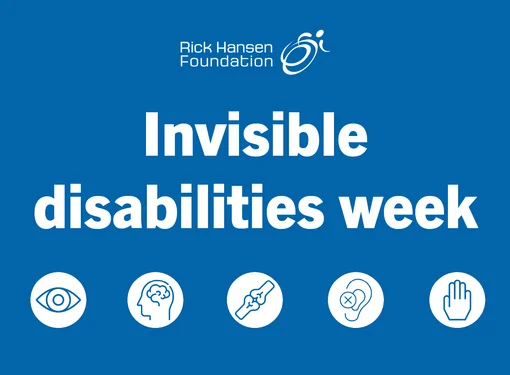Alt Text and Long Descriptions: Making Complex Images Accessible
When creating digital content, images play an important role in communicating information, illustrating concepts, or simply enhancing visual appeal. However, if these images are not properly described, they can create barriers for people who cannot see them. To ensure full access to digital materials, it is important to include alternative text for every image, whether simple or complex.
Alt text is a written description of an image that allows screen reader users to understand the image’s content and purpose. Without alt text, screen readers may either read auto-generated descriptions, which are often vague or inaccurate, or read out the image’s file name, or worse, announce only “image” or “graphic” without further explanation. This omission excludes users who depend on alt-text from fully engaging with the material and understanding the message the image conveys.
Writing effective alt text requires consideration of both the audience and the image’s context. Alt text should be concise yet descriptive, providing essential information without redundancy. For example, avoid phrases like “this is an image of” because screen readers already announce the presence of an image. If there is text within the image, include it in the alt text. However, information already explained in the surrounding content or captions does not need to be repeated.
Describing people in images also requires care. Physical characteristics such as hairstyle, skin tone, and clothing should be noted using inclusive and objective language. When describing skin tone, a useful approach is to refer to emoji-like descriptions such as light skin tone, medium skin tone, or dark skin tone. It is also best to avoid assuming gender unless the person’s pronouns are known. When it comes to decorative images, there is no need to provide a description as they are purely aesthetic.

For complex images such as graphs, charts, maps, tables, infographics, flowcharts, and diagrams, a simple alt text is not enough. These types of images require both brief alt text and a more detailed long description to ensure complete understanding. A long description is an expanded explanation of an image that may span several paragraphs, breaking down the content piece by piece.
Long descriptions should start with a general overview of the image, which can include repeating the alt text for reference, followed by more specific details. The structure of the description should move from broad concepts to specific elements, organized logically to guide the reader through the content. For example, when describing a chart, begin with the chart’s title and purpose, then explain the type of chart, details of the X and Y axes, and any key data points.
Context plays a crucial role in determining whether a long description is necessary. If the text surrounding the image already explains the visual content fully, a brief alt text with a note such as “The information in this image is fully described in the text” may be enough. However, if the image presents unique information not detailed elsewhere, then a comprehensive long description is essential.
Placement of long descriptions can vary. They can appear near the image within the main text, in a sidebar, or in a separate section titled “Extended Descriptions,” which is a common practice. Regardless of placement, the alt text should guide users to the location of the long description, such as stating, “An extended description of this image is included on this page” or “See the link below the image for an extended description.” It is also helpful to include a link back to the image from the long description to maintain a smooth reading experience.
Writing long descriptions can feel overwhelming at first, but a clear strategy makes the process manageable. Begin by reviewing the surrounding text for existing descriptions or relevant terminology. Start the long description with an overview, followed by specific details organized logically. Clarity and precision are essential so that the description can be easily understood on a first reading.
Always include the title and purpose of the image.
Specific tips apply to different types of complex images. For maps, provide the name or title, describe the legend’s key elements, and focus on relevant details within the broader context.
For graphs and charts, include the title, type of graph, axes labels, units (using full words like “seconds” instead of “s”), and main findings. Some simple graphs may not need a full long description if a few sentences are enough in the alt text.
Flowcharts, diagrams, and illustrations that explain concepts should be described step by step, covering each component that contributes to understanding. Again, reviewing the surrounding text helps maintain consistency and avoids unnecessary repetition.
By carefully writing alt text and long descriptions, digital content creators can make their materials more accessible and inclusive to everyone, regardless of their abilities.






